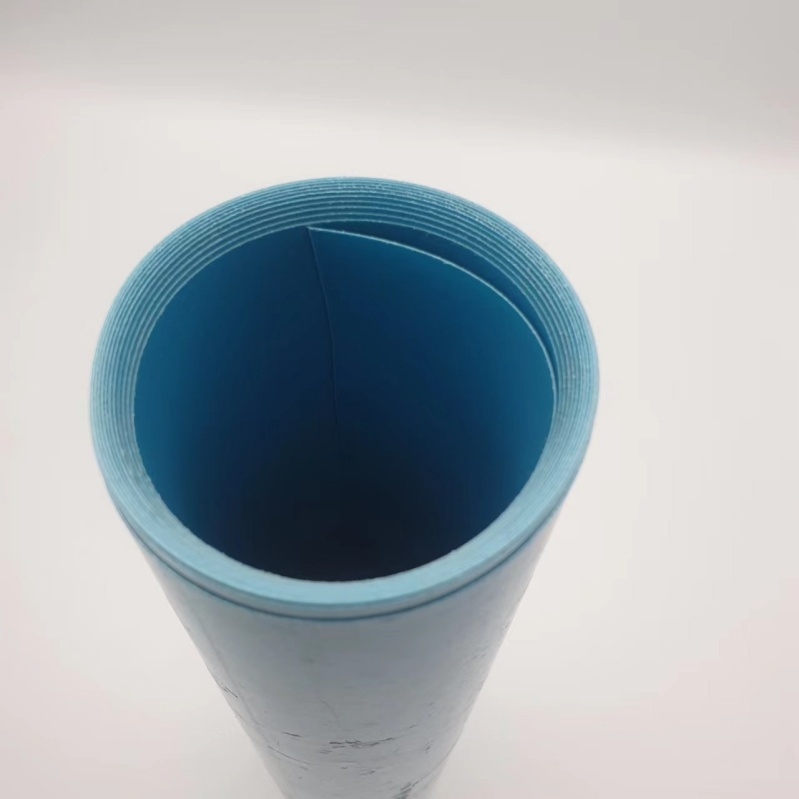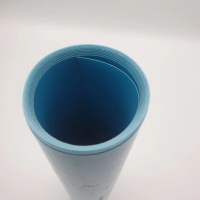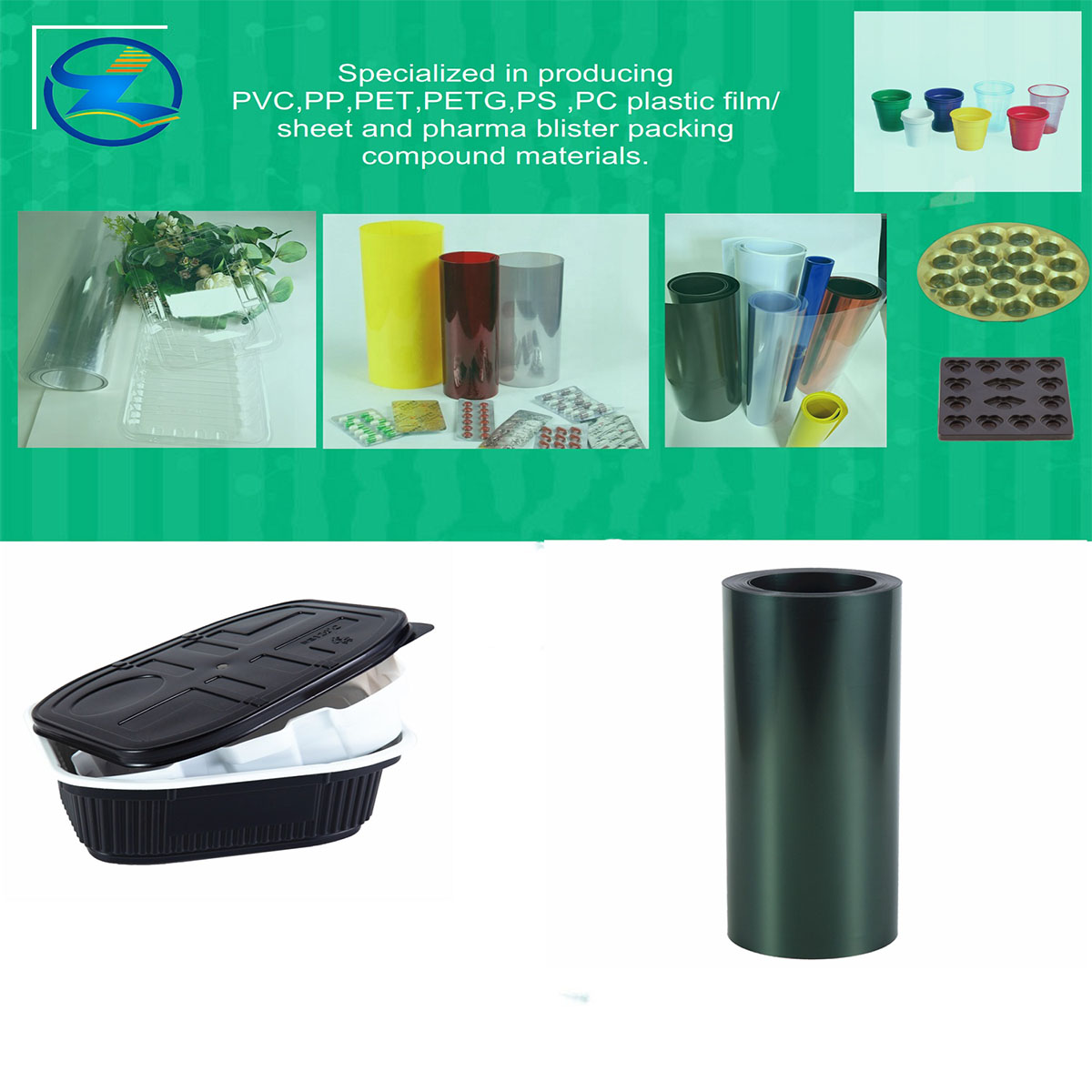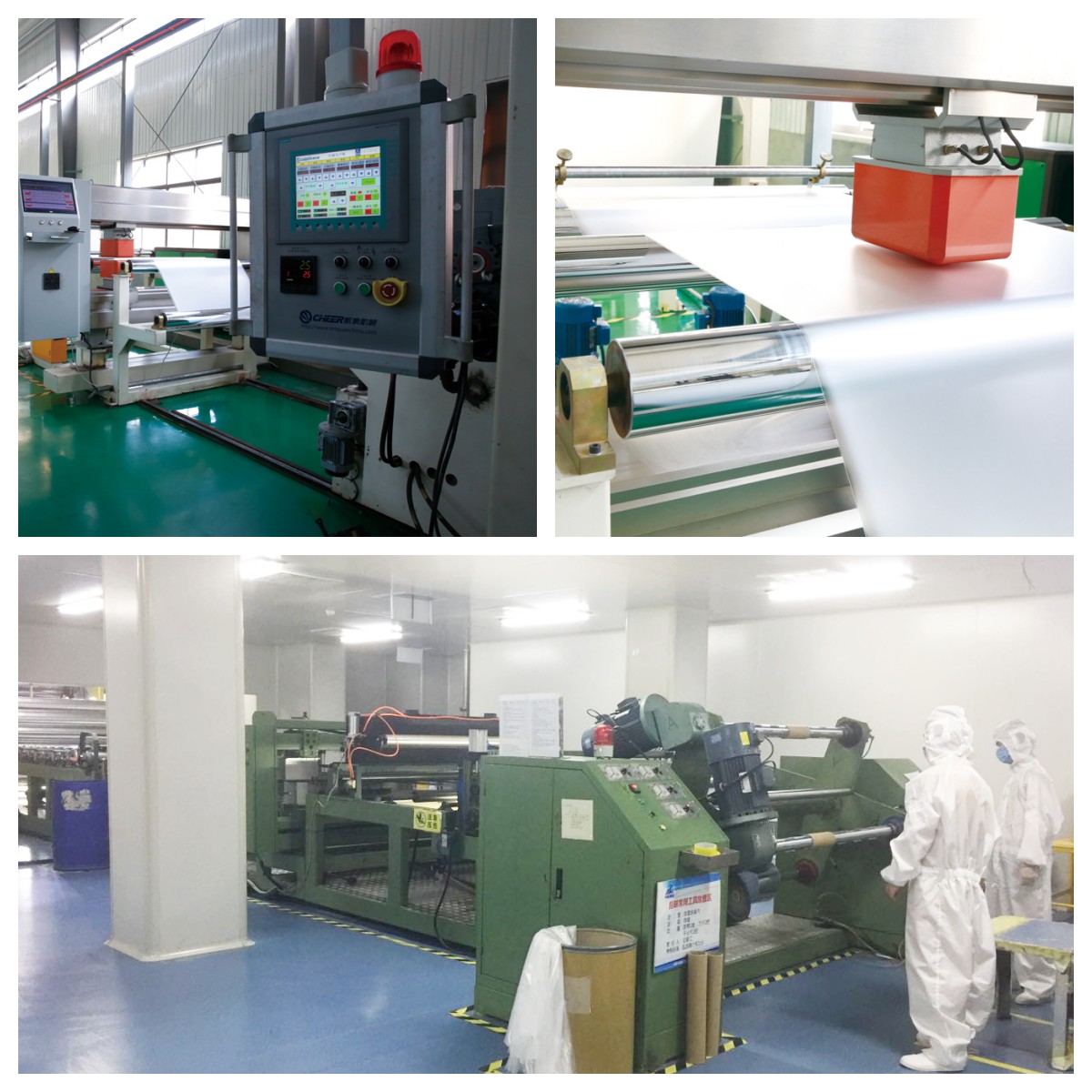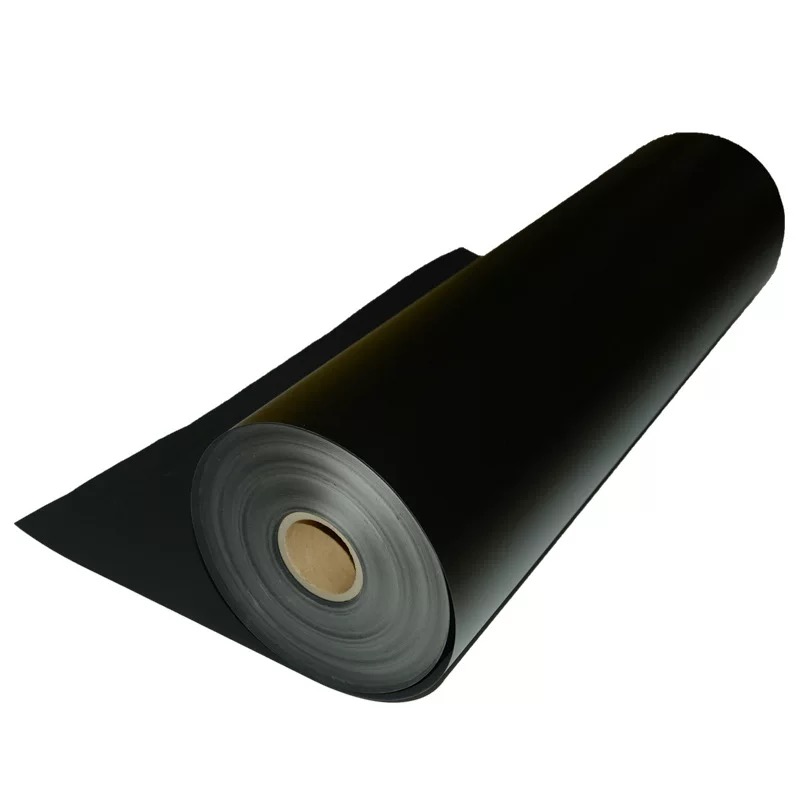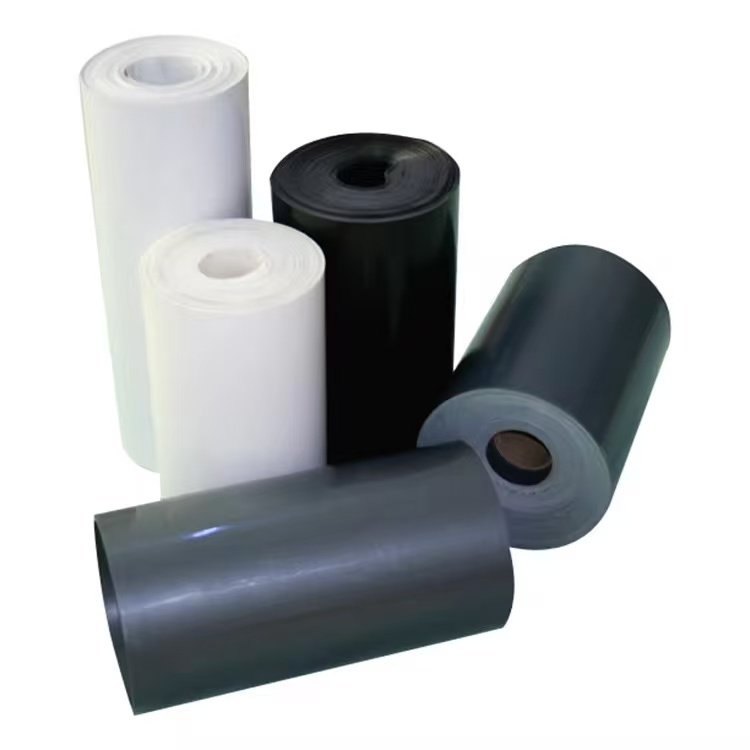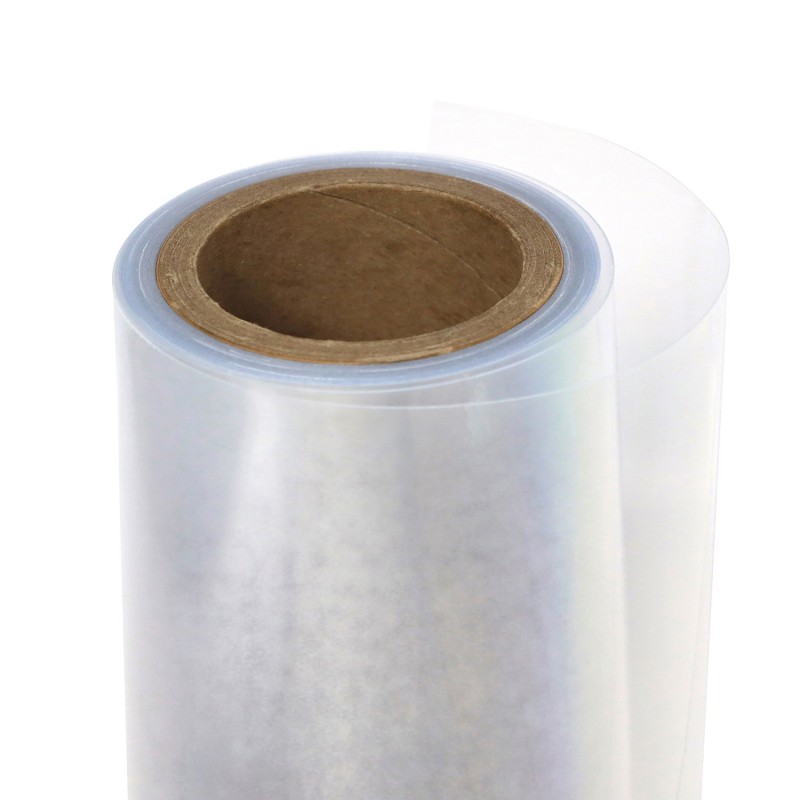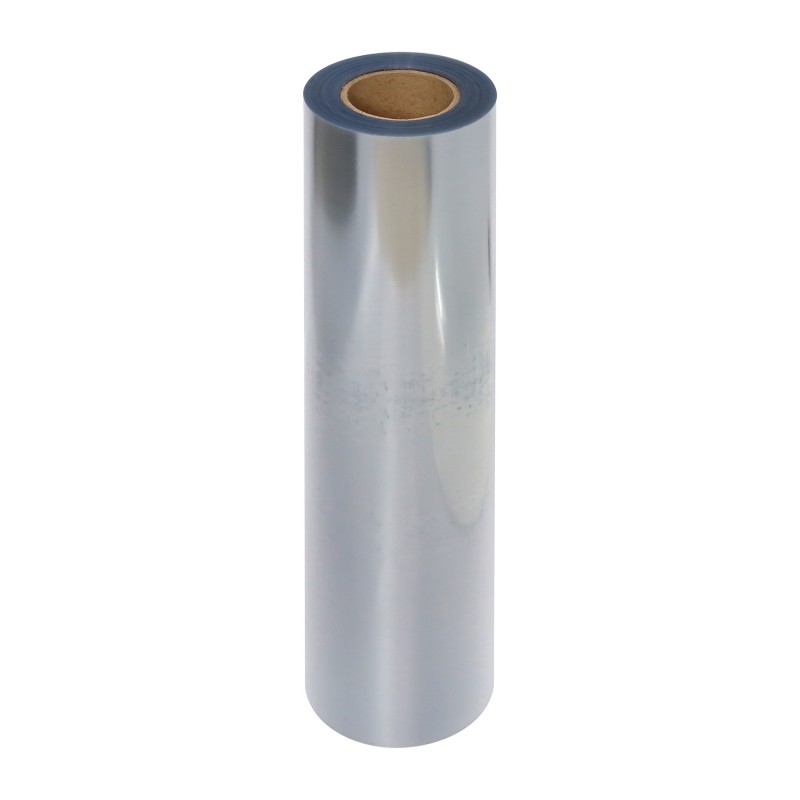
PS sheet for thermoformed seedling trays
PS sheet for thermoformed seedling trays
Moisture-resistant: HIPS has a low water absorption rate (less than 0.1%). Even with prolonged contact with moist soil and dew, it won't swell. The seedling trays won't deform due to water absorption, ensuring a stable space for the seedling roots to grow.
- top leader plastic
- China
- 10-15 working days
- 2000 tons/month
- Information
Have you ever seen those neatly arranged seedling trays, perfect for precisely nurturing seedlings, in greenhouses or at home? Whether it's vegetable seedlings (like tomatoes and cucumbers) or flower seedlings, their early growth is almost always dependent on these "seedling raising artifacts." The core of the seedling trays' water retention, root protection, and ease of forming lies in thermoformable PS sheets—particularly black and white HIPS rolls. Their adaptability to seedling cultivation has made them the mainstream material for seedling tray production. Let's take a look at these two materials and see how they combine functionality and practicality to ensure smooth seedling production.
HIPS coils have a moderate heat deformation temperature (approximately 70-90°C) and stretch evenly after heating, easily producing seedling holes with a depth of 2-5 cm and uniform hole wall thickness (no areas of thinness or cracking due to stretching).
After cooling, their shape remains stable, preventing shrinkage and deformation. High hole dimensional accuracy ensures consistent growing space for each seedling, preventing uneven growth due to varying hole sizes.
The coil format is compatible with continuous thermoforming production lines. From coil unwinding, heating, stamping, to cutting, automated continuous production is possible, capable of producing thousands of seedling trays per hour, meeting the needs of large-scale agricultural seedling production. Black and white HIPS seedling trays cover almost all major seedling raising scenarios, from professional planting bases to home gardening.
1. Professional Planting Bases: The "standard" for large-scale seedling cultivation.
Large-scale vegetable plantations (such as tomato, cucumber, and pepper plantations) and flower plantations are the primary users of HIPS seedling trays.
During cooler seasons (spring and autumn): Use black HIPS seedling trays for seedling cultivation. Their heat-absorbing properties raise the temperature inside the holes, shortening the seedling raising cycle (2-3 days faster than regular trays).
During hotter seasons (summer): Use white HIPS seedling trays for seedling cultivation. This prevents excessive seedling growth caused by high temperatures. Their reflective properties also reduce the overall temperature inside the greenhouse (indirectly reducing greenhouse cooling costs).
The greenhouse environment presents a "double challenge" to materials: high temperatures and high humidity during the day, followed by cooler temperatures at night. Condensation may also form in some areas, and HIPS sheet metal can withstand these fluctuations.
High-temperature resistance: It will not soften or deform in environments below 40°C (common PS does not). (It may soften slightly above 35°C). It maintains its shape even in temperatures as short as 45°C in the summer greenhouse.
Low-temperature resistant: It will not crack in environments above -5°C (common PS tends to become brittle below 0°C). During winter seedling cultivation, even in the slightly lower nighttime temperatures in the greenhouse, the seedling trays can be transported without worrying about them breaking.
Moisture-resistant: HIPS has a low water absorption rate (less than 0.1%). Even with prolonged contact with moist soil and dew, it won't swell. The seedling trays won't deform due to water absorption, ensuring a stable space for the seedling roots to grow.
Within 15-20 days after received payment...more

